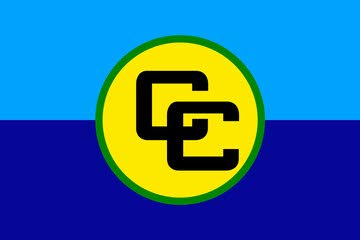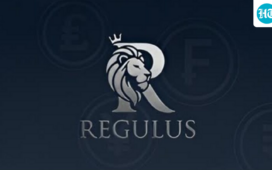The Caricom flag.
AT a recent seminar organised to honour Sir Shridath Ramphal’s memory by the centre which bears his name, I was asked to reflect on the work of the West Indian Commission which Sir Shridath chaired. From this distance, over 30 years since the commission’s report ‘’Time for Action’’ was published, it may be seen as the last credible attempt to restructure Caricom as an effective decision-making body, modelled on the success of the European Union.
Borrowing from the experience of the European Union, the West Indian Commission recommended four essential institutional upgrades for Caricom:
• The formation of an executive arm headed by a team of three Caricom commissioners. The model was the European Commission, with fewer members to reflect the much smaller scale of the Caribbean region.
• The establishment of a Caricom parliament with representatives elected from every member country, similar to the European Parliament.
• Provision for an independent source of revenue to provide for a Caricom budget.
• A single currency for all of Caricom, similar to the euro, to replace the individual currencies in use in the region.
As we all know, none of these initiatives was implemented, and by now all but the dream of a common currency have been forgotten.
In order to appreciate the value of Caricom we must revisit the objectives of the regional body; it is a forum for discussion and the sharing of perspectives on issues regional and international. It acts as an umbrella for networks that criss-cross the Caribbean, covering culture, sports, education, health, and technical, professional and non-governmental organisations, as well as central banks and government departments. We cannot imagine the region without these linkages, and arguably they would have been much less robust and inclusive in the absence of Caricom. To have motivated and inspired this regional network is the true value of Caricom, and the periodic meetings of heads of Government and top officials are essential for maintaining a regional consciousness.
However, Caricom will never be a decision-making body; to continue to insist that it perform this role risks obscuring the very real value of our regional consultative institution. The apex body of Caricom, the heads of Government, lacks a regional mandate. On every issue where decisions of the regional body conflict with national interests, the regional decision will be sacrificed. In practice none of Caricom’s major decisions has overcome this barrier. To continue to set freedom of movement of goods and persons across the region as the goal of the integration movement is to ask the impossible.
A similar logic applies to the common currency. Rather than continue the search for a single Caribbean currency to be used everywhere in the region, would it not make sense to accept the present reality? At the Grand Market at the just-concluded Carifesta XV in Barbados, purchases from vendors across the region were made in US dollars, which is the currency in use throughout the region. The individual country currencies have no value beyond the borders of the territories where they originate; all payments and exchanges between currencies are settled in US dollars. The cost and limited availability of US dollars are a major impediment to regional trade and cultural services.
The present reality is that the domestic currencies of Caribbean countries derive their value from the US dollar. When I asked Meta AI “What is the value of the Jamaican dollar?” I was told that a US dollar is worth $160 Jamaican as of 3:30 pm UTC on September 4, with the caution that the value can change frequently. In order to maintain some stability in the Jamaican exchange rate, the Bank of Jamaica has placed a total of US$5.6 billion in reserve on deposit with the Federal Reserve Bank of New York and in US Treasury securities. This represents 45 weeks of imports, compared with the international benchmark of just 12 weeks. The sole purpose of this loan of scarce US dollars by the Jamaica Government to the US Government is for the privilege of having a domestic currency which isn’t plagued by frequent devaluation. Excessively large foreign reserve balances are the norm across the Caribbean: for Trinidad and Tobago, $5.3 billion; The Bahamas, $3.2 billion, the Eastern Caribbean Central Bank, $1.9 billion; Barbados, $1.6 billion; and Guyana, $1 billion, all in US currency. There would be no need for these foreign reserves if there were no domestic currencies that were at risk of devaluation. Caricom countries would benefit from using these funds for investment in infrastructure and public facilities and using the US dollar for all payments, local, regional and international.
We are in danger of losing faith in Caricom simply because we have set goals for the regional organisation which can no longer be attained. The regional integration movement might be seen in a much more positive light if instead we would celebrate the fellowship and conversations which the Caricom network facilitates. We should also dispense with the inconvenience of individual currencies that derive their value from the US dollar, which we already use for all regional and international payments.
My Economic Letters may be found under “Commentary” at DeLisleWorrell.com.





